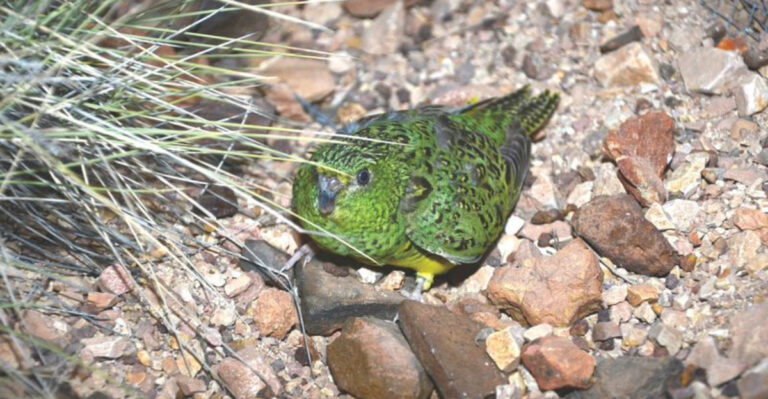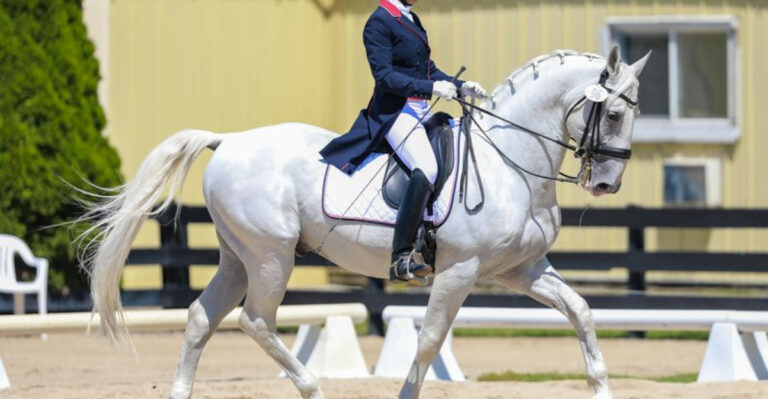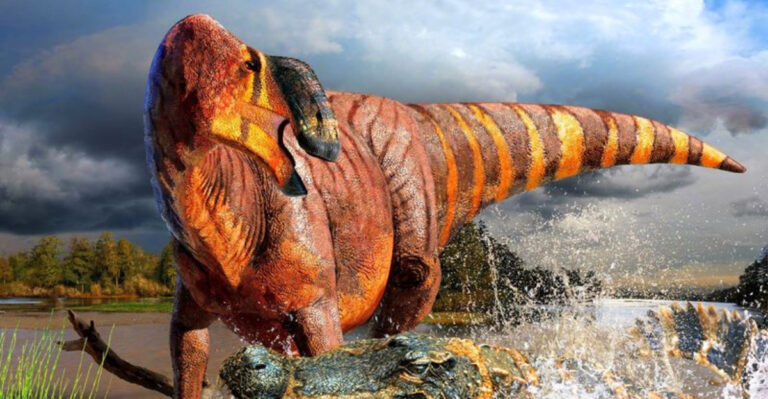10 Incredible Animals With Jaw-Dropping Jumping Skills (And 5 That Can’t Jump At All)
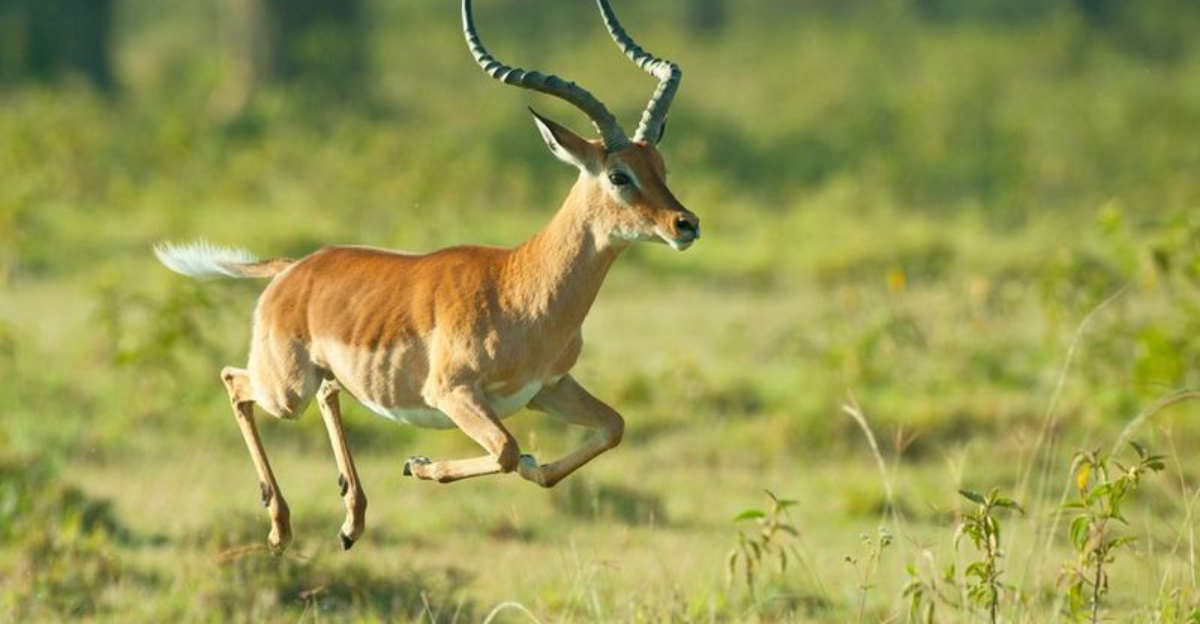
The animal kingdom is full of incredible athletes that can defy gravity with their jumping skills. From tiny insects leaping hundreds of times their body length to powerful predators launching themselves at prey, jumping abilities have evolved in fascinating ways.
But not all creatures can leave the ground – some of the most impressive animals are completely incapable of jumping at all!
1. Flea

These minuscule insects are the undisputed champions of the jumping world. Their specialized leg muscles contain resilin, an elastic protein that works like a catapult.
When ready to jump, a flea compresses this protein and releases it explosively, launching up to 200 times its body length. That’s equivalent to a human jumping over a 30-story building!
2. Kangaroo
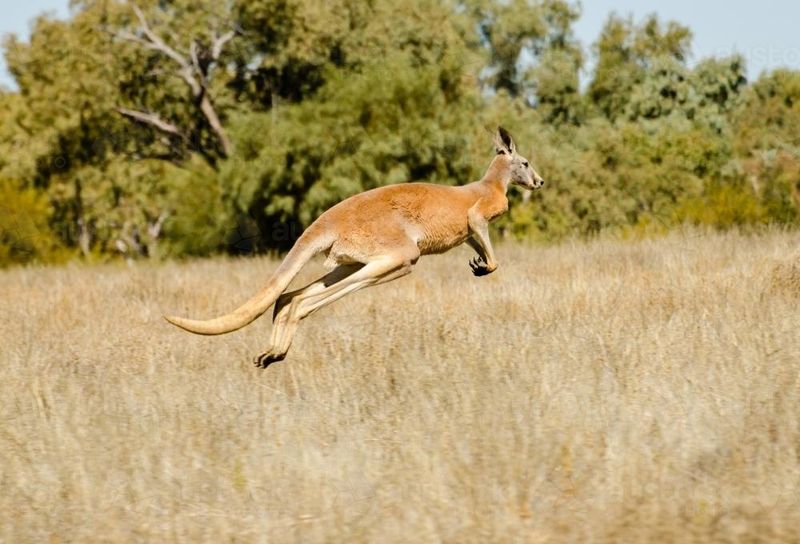
Australia’s iconic marsupials possess a hopping superpower. Their massive hind legs store energy in tendons like giant rubber bands, making each bound remarkably efficient.
A red kangaroo can reach speeds of 35 mph and clear lengths of 25 feet in a single jump! Their muscular tails act as stabilizers and provide extra push-off power.
3. Grasshopper
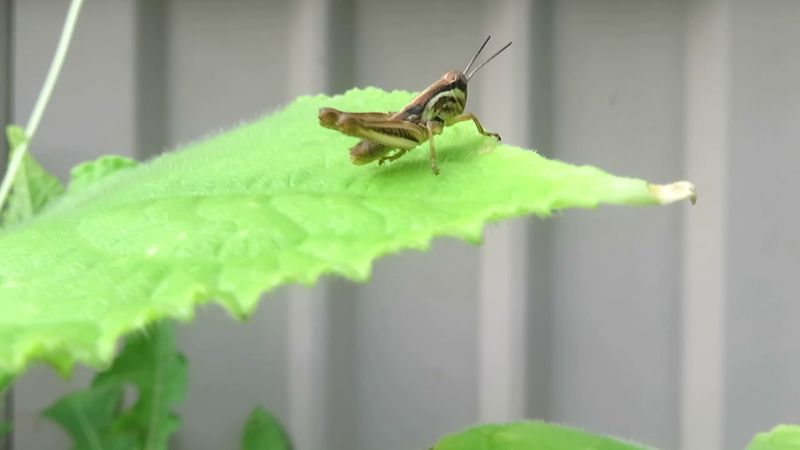
Masters of mechanical engineering, grasshoppers possess specialized hind legs with lock-and-release mechanisms. Powerful muscles slowly compress, storing energy until the grasshopper triggers the release.
This catapult action generates tremendous force, launching them up to 20 times their body length. Their aerodynamic body shape allows them to control direction mid-flight like tiny guided missiles.
4. Tree Frog
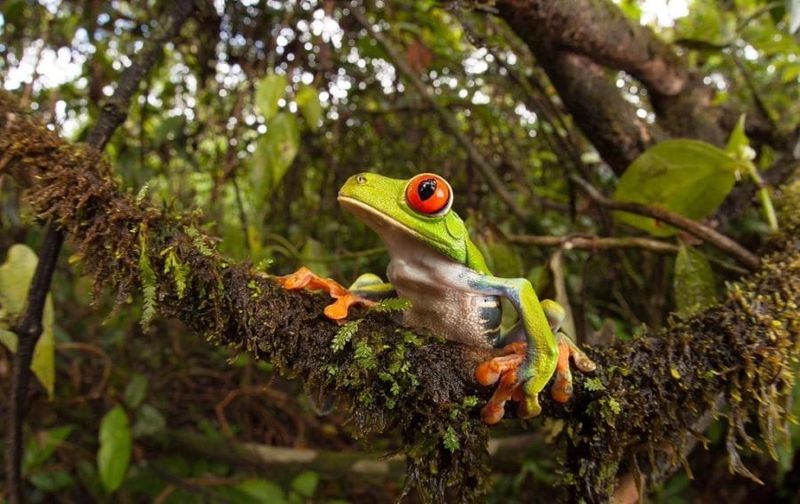
Rainforest acrobats extraordinaire! Tree frogs combine sticky toe pads with powerful legs to perform precise arboreal jumps between branches and leaves.
Their specialized tendons act like springs, allowing them to leap up to 30 times their body length. Most impressive is their mid-air maneuvering ability, precisely calculating landings while simultaneously preparing their adhesive toe pads for instant grip.
5. Mountain Lion
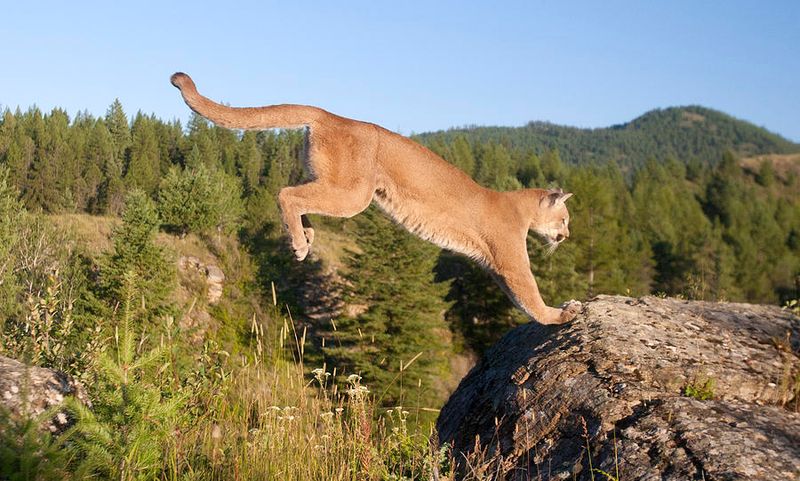
Silent stalkers with explosive power, mountain lions can leap an astonishing 40 feet horizontally and 15 feet vertically from a standing position.
Their muscular hind legs contain specialized fast-twitch fibers that deliver instant acceleration. Unlike domestic cats, mountain lions don’t need a running start for impressive jumps, making them masters of ambush hunting in rocky terrain.
6. Impala
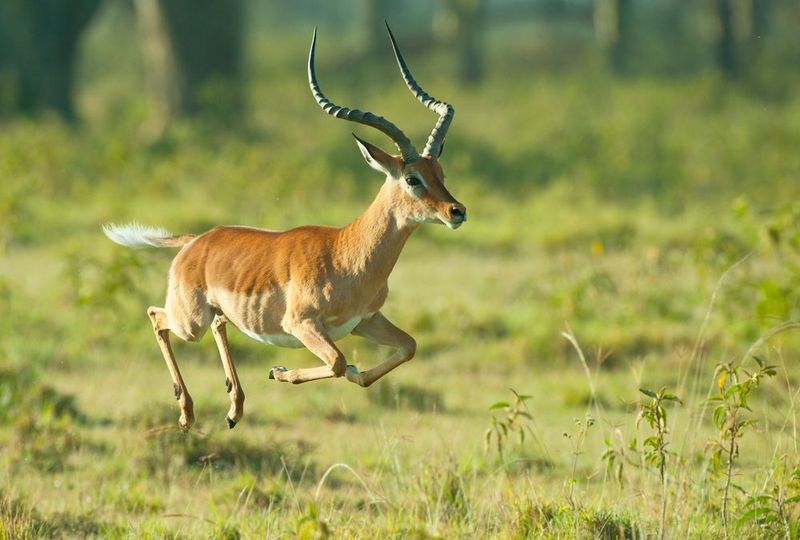
African savanna ballerinas, impalas combine grace with explosive power. When threatened, these antelopes perform “stotting” jumps – leaping up to 10 feet high and 33 feet forward.
Their slender legs contain specialized tendons that function like coiled springs. Beyond physical capability, impalas display remarkable coordination, able to change direction mid-air to confuse pursuing predators like cheetahs and wild dogs.
7. Jumping Spider
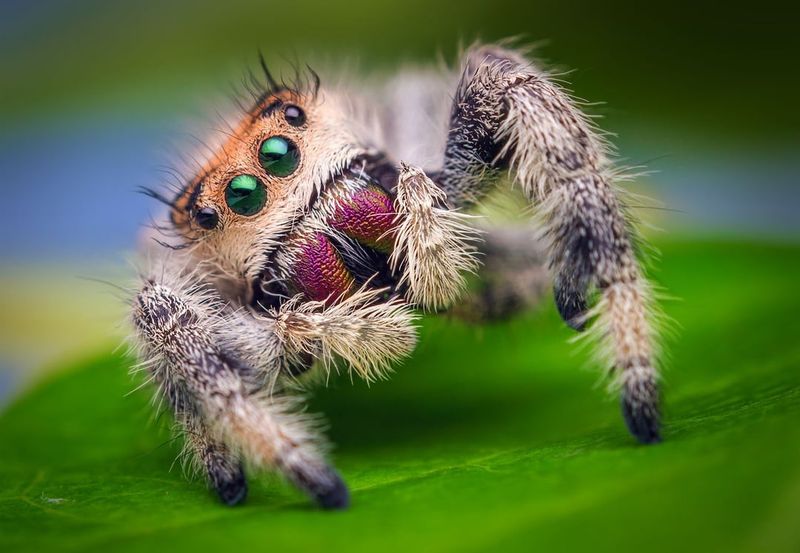
Eight-legged ninjas with hydraulic launching systems! Unlike using muscles, jumping spiders pump fluid into their legs to create explosive pressure.
This hydraulic system launches them up to 50 times their body length with pinpoint accuracy. Their exceptional vision – the sharpest among invertebrates – allows them to calculate precise jumps to ambush prey or escape threats without a safety line.
8. Snow Leopard
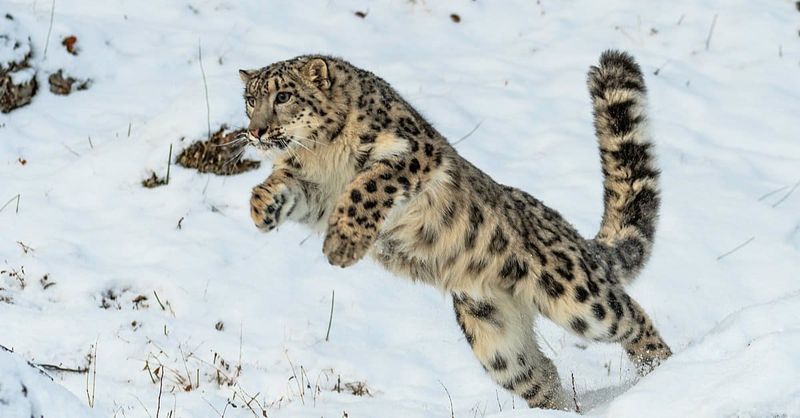
Mountain ghosts with supernatural leaping abilities! These elusive big cats navigate sheer Himalayan cliffs with 50-foot jumps between rocky outcrops.
Their extraordinarily long tails – nearly matching their body length – function as balancing rudders during aerial maneuvers. Snow leopards’ oversized paws spread wide during jumps, distributing landing impact and providing crucial traction on treacherous snow-covered slopes.
9. Springbok
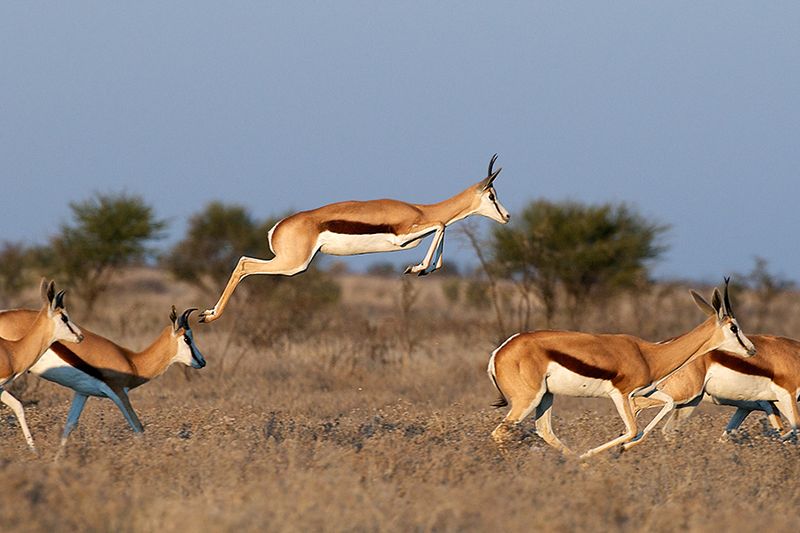
Named for their spectacular aerial displays, springboks perform a unique behavior called “pronking” – repeatedly bouncing high into the air with stiff legs and arched backs.
These South African antelopes can leap up to 13 feet vertically! Their pronking serves multiple purposes: confusing predators, signaling danger to the herd, and possibly displaying fitness to potential mates.
10. Frog (Common Leapfrog Jumper)
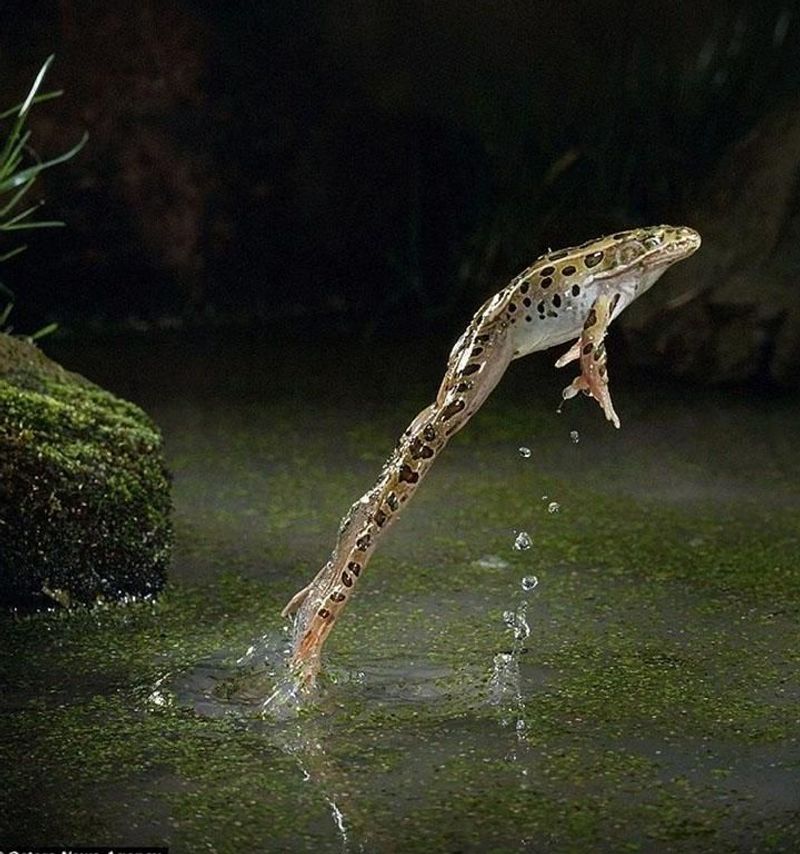
Evolution’s jumping specialists, common frogs possess bodies engineered for explosive movement. Their leg-to-body ratio exceeds that of most vertebrates, with specialized ankle joints that extend fully during jumps.
The average frog can leap ten times its body length! Their remarkable adaptation includes webbed feet that provide both swimming power and launch surface area when jumping from slippery surfaces.
11. Elephant
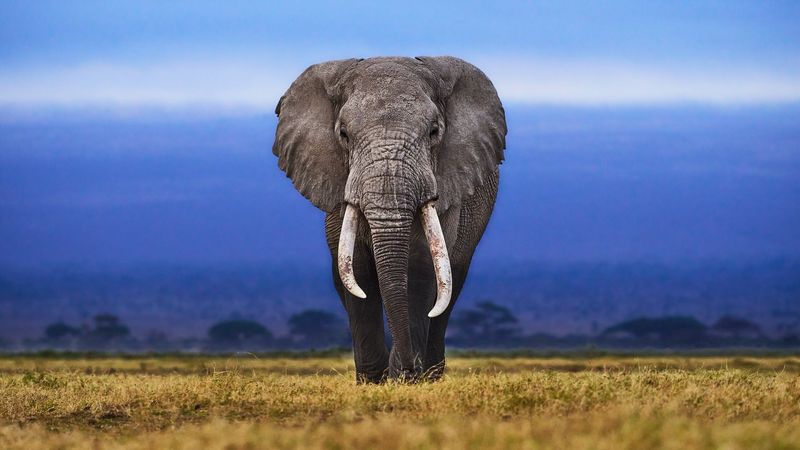
Earth’s largest land mammals keep all four feet firmly planted. Their massive weight – up to 13,000 pounds – combined with leg bones positioned vertically like columns make jumping physically impossible.
Elephants’ legs lack the spring-like tendons found in jumping animals. Instead, they’ve evolved a unique gait called “ambling,” where at least one foot remains on the ground at all times, providing stability for their enormous frames.
12. Sloth
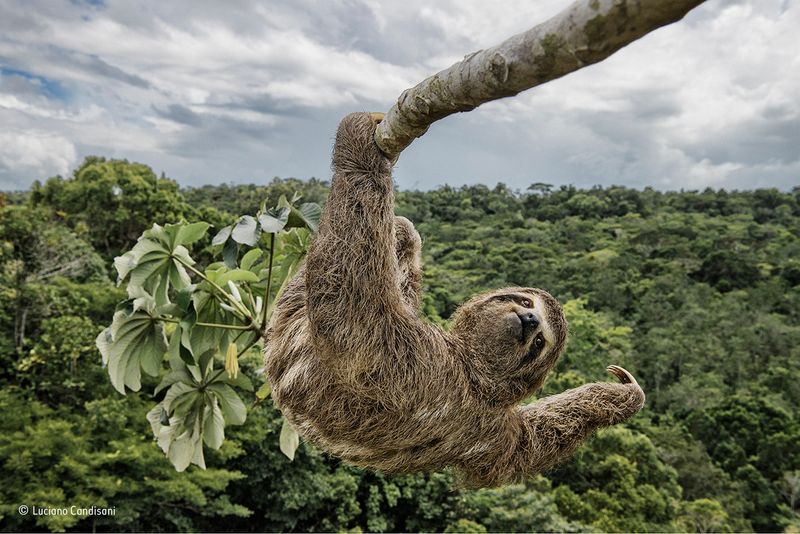
Rainforest slowpokes with anti-jumping lifestyles! Sloths’ muscles contain extremely low proportions of fast-twitch fibers – the type essential for explosive movements like jumping.
Their specialized hook-like claws excel at hanging but would provide terrible launching or landing platforms. Sloths’ deliberate movements conserve precious energy in their low-calorie diet of leaves, making energy-intensive jumping completely counterproductive to their survival strategy.
13. Hippo
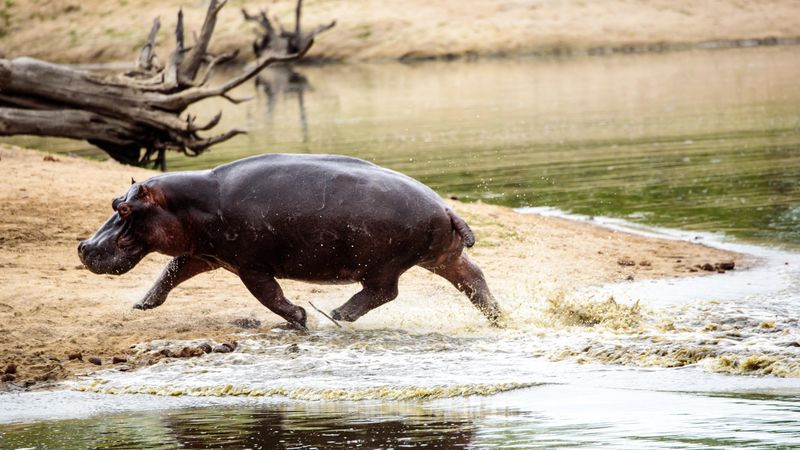
Despite their surprising speed on land (up to 19 mph!), hippos cannot perform even the smallest hop. Their barrel-shaped bodies weigh up to 4,500 pounds, supported by stubby legs with limited joint flexibility.
Hippos’ semi-aquatic lifestyle has shaped their locomotion for powerful swimming and walking rather than jumping. Their dense bones lack the elastic properties needed for absorbing landing impact from even a modest leap.
14. Giraffe
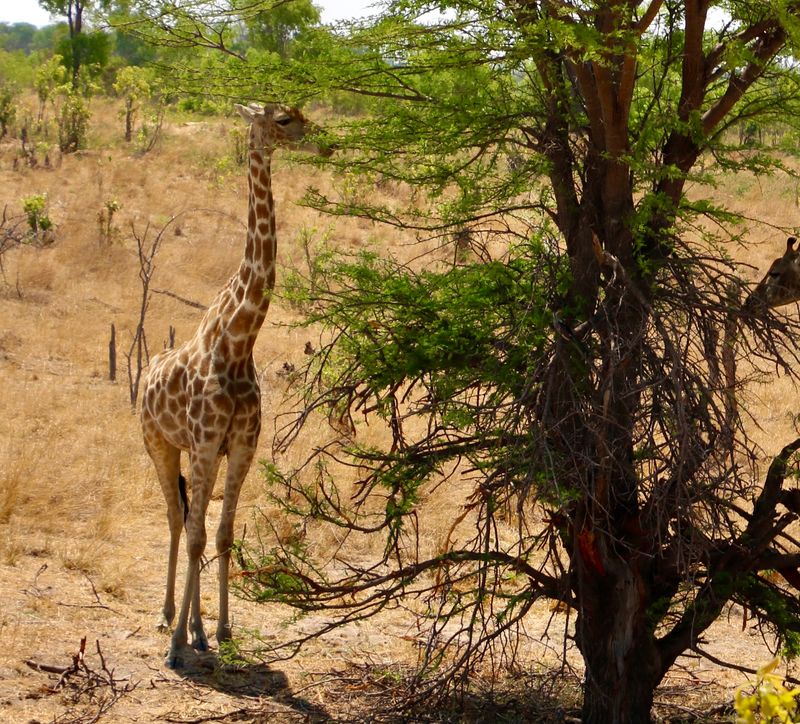
The world’s tallest mammals stand on spindly legs that seem permanently locked in place. Their unique cardiovascular system – adapted for pumping blood to their elevated heads – would struggle with the pressure changes of jumping.
Giraffes run by moving both legs on one side simultaneously in a distinctive pacing gait. Their necks and legs are so elongated that falling during a failed jump attempt would likely prove catastrophic.
15. Tortoise
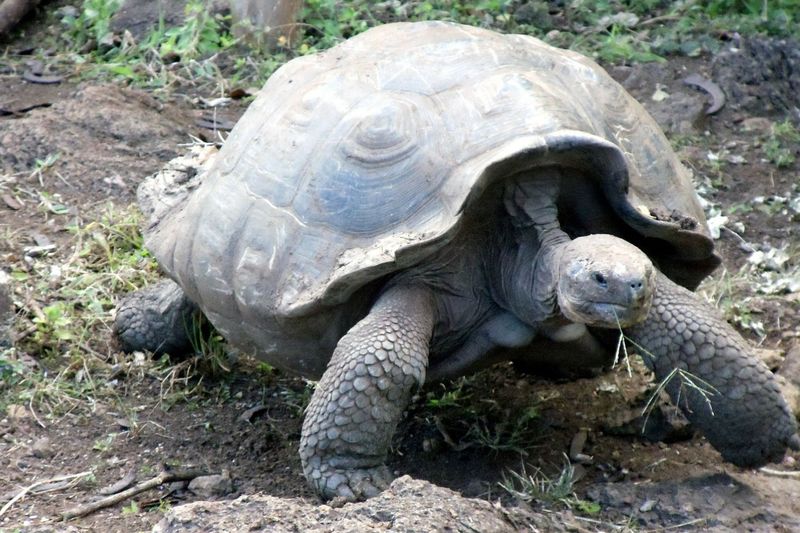
Nature’s ultimate non-jumpers! Tortoises carry permanent houses on their backs, with dome-shaped shells weighing up to a third of their total body weight.
Their stubby legs extend sideways rather than underneath their bodies, limiting upward force generation. Tortoises’ evolutionary strategy prioritizes protection over mobility – their shells provide excellent defense against predators, eliminating any need for quick escapes through jumping.




